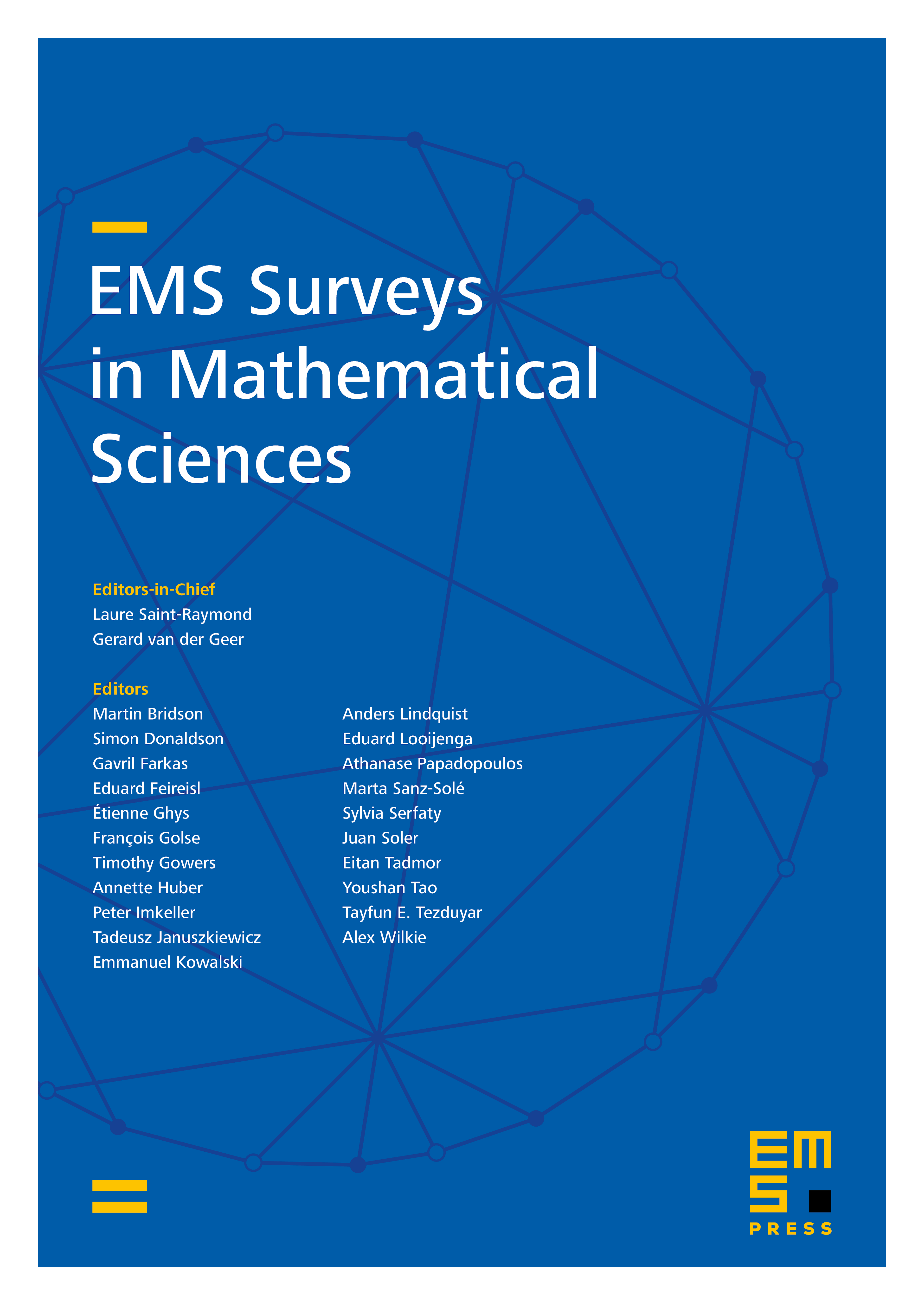Controlled Mather–Thurston theorems
Michael H. Freedman
Microsoft Corporation; University of California, Santa Barbara, USA

Abstract
Classical results of Milnor, Wood, Mather, and Thurston produce flat connections in surprising places. The Milnor–Wood inequality is for circle bundles over surfaces, whereas the Mather–Thurston theorem is about cobording general manifold bundles to ones admitting a flat connection. The surprise comes from the close encounter with obstructions from Chern–Weil theory and other smooth obstructions such as the Bott classes and the Godbillion–Vey invariant. Contradiction is avoided because the structure groups for the positive results are larger than required for the obstructions, e.g., versus in the former case and versus in the latter. This paper adds two types of control strengthening the positive results: In many cases we are able to (1) refine the Mather–Thurston cobordism to a semi--cobordism (ssc), and (2) provide detail about how, and to what extent, transition functions must wander from an initial, small, structure group into a larger one.
The motivation is to lay mathematical foundations for a physical program. The philosophy is that living in the IR we cannot expect to know, for a given bundle, if it has curvature or is flat, because we cannot resolve the fine scale topology which may be present in the base, introduced by an ssc, nor minute symmetry violating distortions of the fiber. Small scale, UV, “distortions“ of the base topology and structure group allow flat connections to simulate curvature at larger scales. The goal is to find a duality under which curvature terms, such as Maxwell's and Hilbert's are replaced by an action which measures such “distortions“. In this view, curvature results from renormalizing a discrete, group theoretic, structure.
Cite this article
Michael H. Freedman, Controlled Mather–Thurston theorems. EMS Surv. Math. Sci. 9 (2022), no. 2, pp. 415–445
DOI 10.4171/EMSS/63